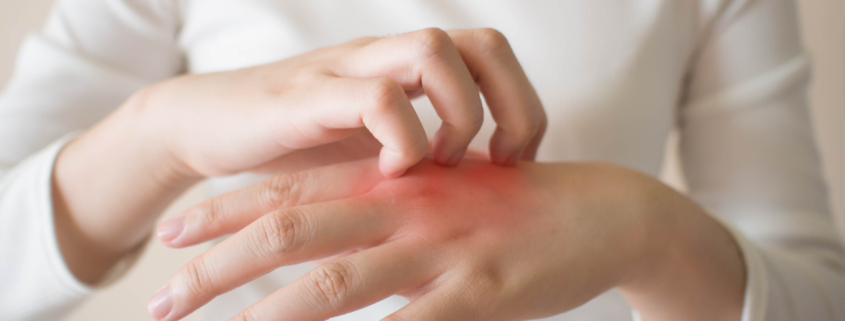10 Treatments for Complex Regional Pain Syndrome
Breaking or spraining a limb or having surgery hurts. That’s normal.
But burning pain, warm, sensitive, and swollen skin, and restricted mobility in your hands and feet long after an injury or surgery aren’t.
These symptoms could mean complex regional pain syndrome (CRPS) — a chronic pain disorder.
Yes, some doctors say it’s just a made-up condition for drug seekers.
And they’re wrong. It’s a real disorder. Here are some minimally-invasive treatments:
1. Nerve Block Injections
Research suggests that injury to or abnormality with the peripheral or central nervous system may cause complex regional pain syndrome.
Nerve block injections can give you quick, extended pain relief by blocking errant nerve signals.
The two types of nerve block procedures for CRPS are stellate ganglion blocks and sympathetic nerve blocks.
2. Transcutaneous Electrical Nerve Stimulation (TENS)
Transcutaneous Electrical Nerve Stimulation therapy can relieve chronic pain conditions like CRPS by applying electrical impulses to nerve endings.
3. Spinal Cord Stimulation
This minimally invasive procedure involves inserting tiny electrodes along your spinal cord, which deliver electrical current that can relieve chronic pain.
4. Physical Therapy
For many people affected by CRPS, one of the keys to a better quality of life is improved or fully restored limb function.
Physical therapy can do this by increasing blood flow, strength, and flexibility in the injured limb.
5. Desensitization
One of the symptoms of CRPS is increased or extreme skin sensitivity. Even gentle contact with the affected limb or area can be painful.
Desensitization therapy can decrease the sensitivity over time by introducing affected areas to various sensations, including varying textures, weights, and temperatures.
6. Oral and Intravenous Medication
There aren’t any CRPS-specific medications, but the following medicines can help with the pain:
- over-the-counter pain medications (Non-steroidal anti-inflammatory drugs like ibuprofen and aspirin)
- Antidepressants and anticonvulsants
- corticosteroids
- dextromethorphan
- intravenous ketamine
7. Topical Pain Medication
Over-the-counter creams and patches, such as lidocaine and capsaicin, can reduce skin hypersensitivity.
8. Occupational Therapy
CRPS can be a debilitating condition that stops you from performing everyday activities and maintaining your school, work, family, and social life.
Occupational therapists can teach and equip you with methods and assistive devices that help you adapt so you don’t have to put your life on hold.
9. Mirror Therapy
With “magical” mirror therapy, you first position yourself next to a mirror.
Next, you hide your CRPS-affected limb, allowing the mirror image of your healthy limb to “take its place.”
Finally, move your healthy limb around and watch it move in the mirror.
The goal is to train your brain to perceive your healthy limb as your CRPS-afflicted limb. Research suggests this might increase flexibility and function and reduce pain.
10. Psychotherapy
How you think can have a massive impact on you physically.
Mental illnesses such as PTSD, major depressive disorder, and social anxiety disorder can make you focus and even obsess about pain symptoms.
That’s why getting your mental illness treated can give your CRPS treatment an added boost.
World-Class Treatment for Complex Regional Pain Syndrome
At Texas Pain Physicians, our mission is to provide comprehensive pain care to our patients.
Our board-certified pain physicians work in the most advanced pain care facilities and have the expertise and cutting-edge technology to improve your quality of life and functionality.
Please give us a call or book your appointment online today!



